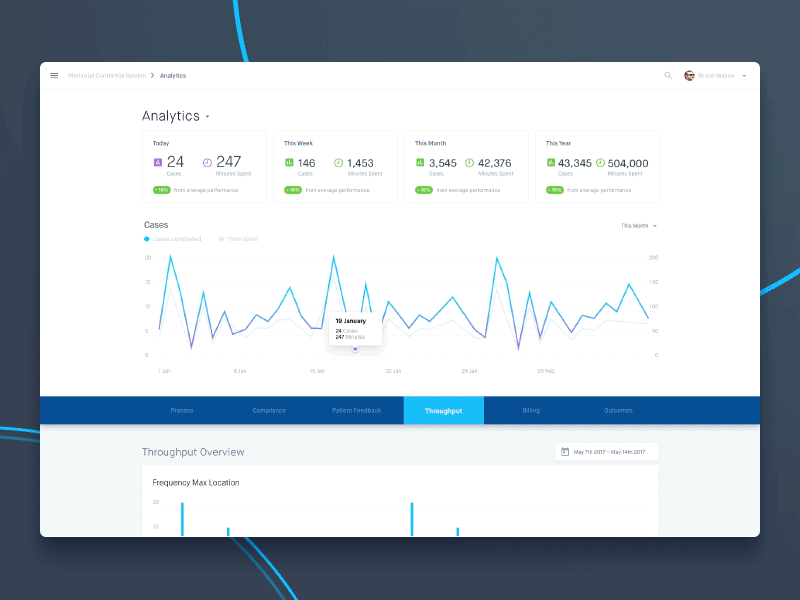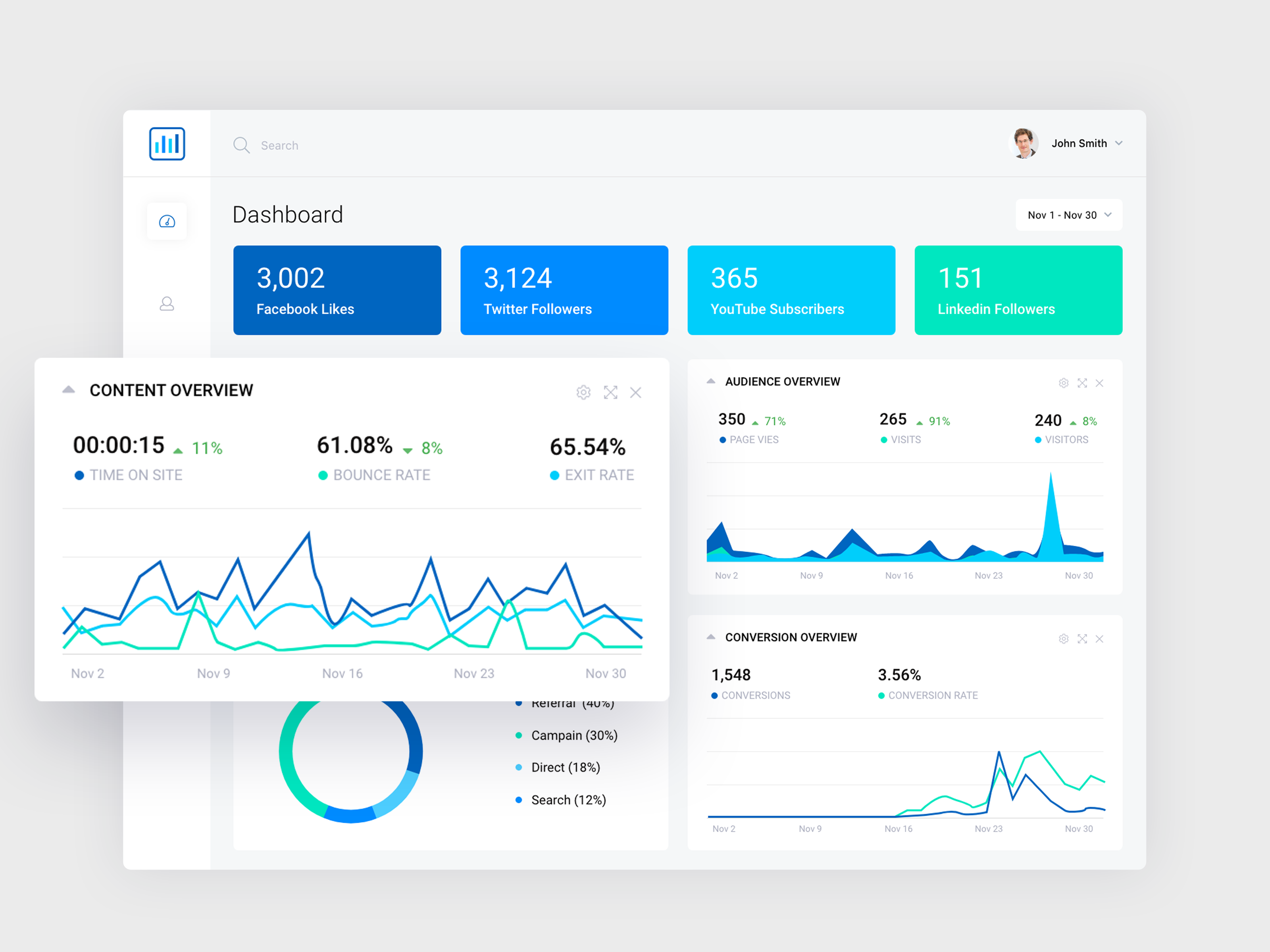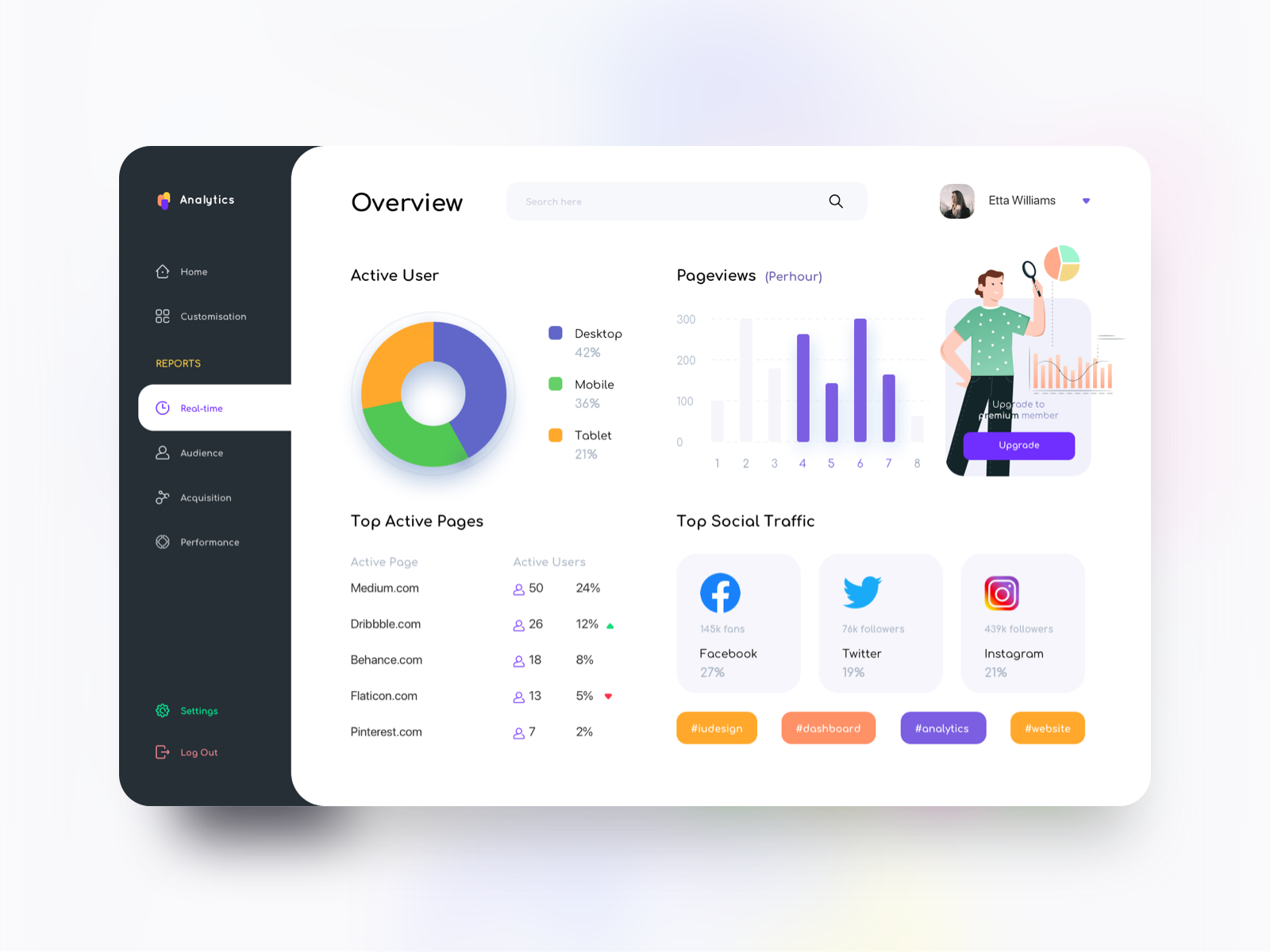

- #TWITTER APP DOWNLOAD ANALYTIC INSTALL#
- #TWITTER APP DOWNLOAD ANALYTIC CODE#
- #TWITTER APP DOWNLOAD ANALYTIC PLUS#
You should now be able to see your consumer secret and consumer key. Once your project has been created, click on the “Keys and Access Tokens” tab.Accept the terms and conditions and proceed to the next page. Fill in the app creation page with a unique name, a website name (use a placeholder website if you don’t have one), and a project description.Create a new app (button on the top right).In order to use Twitter’s API, we have to create a developer account on the Twitter apps site.

Getting Started Twitter Developer Account
#TWITTER APP DOWNLOAD ANALYTIC INSTALL#
To connect to Twitter’s API, we will be using a Python library called Tweepy, which we’ll install in a bit.

I will be using P圜harm - Community Edition.
#TWITTER APP DOWNLOAD ANALYTIC CODE#
Ideally, you should have an IDE to write this code in. We’ll be using Python 2.7 for these examples. That, combined with the openness and the generous rate limiting of Twitter’s API, can produce powerful results. Another application of this could be to map the areas on the globe where your company has been mentioned the most.Īs you can see, Twitter data can be a large door into the insights of the general public, and how they receive a topic. We can also target users that specifically live in a certain location, which is known as spatial data. You could collect the last 2,000 tweets that mention your company (or any term you like), and run a sentiment analysis algorithm over it. Twitter’s API allows you to do complex queries like pulling every tweet about a certain topic within the last twenty minutes, or pull a certain user’s non-retweeted tweets.Ī simple application of this could be analyzing how your company is received in the general public.
#TWITTER APP DOWNLOAD ANALYTIC PLUS#
This is a huge plus if you’re trying to get a large amount of data to run analytics on. Unlike other social platforms, almost every user’s tweets are completely public and pullable. This is just one of the countless examples of how machine learning and big data analytics can add value to your company. Using a machine learning technique known as Natural Language Processing (NLP), you can do this on a large scale with the entire process automated and left up to machines. If you were to individually read the conversations of each user, you would be able to get a good sense of what they like, and be able to recommend products to them accordingly. In this case, the big data are conversations between users. Messenger has 1.2 billion monthly active users. In this tutorial, we’ll be exploring how we can use data mining techniques to gather Twitter data, which can be more useful than you might think.įor example, let’s say you run Facebook, and want to use Messenger data to provide insights on how you can advertise to your audience better. Most businesses deal with gigabytes of user, product, and location data. This is known as “data mining.” Data can come from anywhere. The first step to big data analytics is gathering the data itself. The value that big data Analytics provides to a business is intangible and surpassing human capabilities each and every day. But terabytes of data, combined together with complex mathematical models and boisterous computing power, can create insights human beings aren’t capable of producing. Alone, a single point of data can’t give you much insight. You will learn how it’s applicable to you, and how you can get started quickly through the Twitter API and Python.īig data is exactly what it sounds like-a lot of data. Whether you’re a businessman trying to catch up to the times or a coding prodigy looking for their next project, this tutorial will give you a brief overview of what big data is. In the process of running a successful business in today’s day and age, you’re likely going to run into it whether you like it or not.


 0 kommentar(er)
0 kommentar(er)
